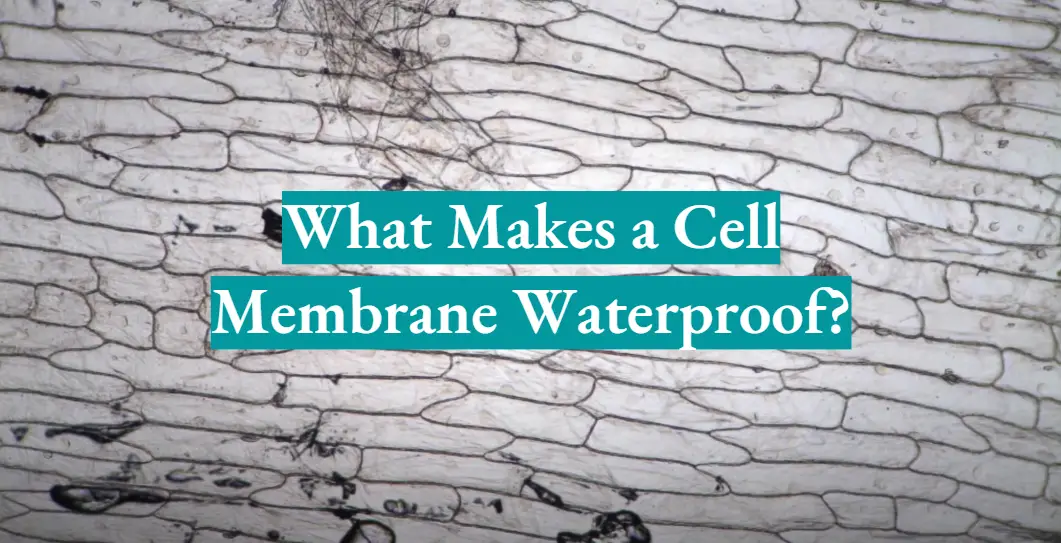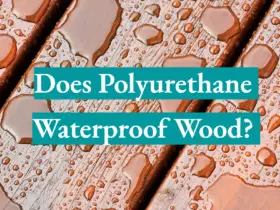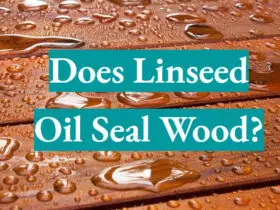Сell is a living system, which is characterized by all the functions of living things – respiration, movement, excretion, irritability, nutrition, reproduction. It is considered a fundamental brick of all living things on our planet. There are trillions of cells in every body with different structures depending on the organs and tissues they constitute. Usually, it is the cell nucleus that attracts the attention of researchers and scientists as they contain genetic material. But the cell membrane deserves not less attention. In simple words, it is a guard of cell contents. Let us have a deeper look at its functions and properties.
What is a cell membrane?
The plasma or cell membrane is the outer shell of a living cell that separates the cytoplasm of the cell from the environment. It is built of two layers of lipids and also contains proteins and carbohydrates.
The membrane is one of the most impressive structures in the world of biology. This term comes from Latin and means “film.” But the membrane is not only wrapping the cell. Its structure. It fulfills a controlled exchange between cells and the outer world. The role of the membrane is crucial for a cell’s functioning, as it is not only a borderline between cells but also a mechanism that is responsible for the inner interaction of the cells and their connection with the outer environment.
The cell membrane is a semipermeable barrier that selectively allows molecules into and out of the cell. It maintains a constant content of water, ions, substances inside the cell. The membrane often contains additional formations enabling movement, protection, nutrition.
Cell membrane structure
This cell protector consists of three layers. It has a homogeneous part inside with two protein parts on each side. These protein areas are not so continuous and are somewhat chaotically grouped. Scientists often compare them with a mosaic. The middle layer mainly works as protection and isolation of the cell from the neighboring cells and outer world. This membrane layer can absorb only substances that are soluble in fats and stops water-soluble particles. If a cell needs some substances soluble in the water, these will have to move through special protein structures – transporters and ion passways. But at the same time, gases vital for all living organisms will easily move through the membrane both inside the cell and outside.
There are three types of lipids in the cell membrane:
- Phospholipids
- Glycolipids
- Cholesterol
Protein is a key constituent of the cell membrane. There are different protein types discovered here. Though, all of them belong to annular lipids. They form a kind of protective cover for all proteins so that they can do the job entitled to them.
The construction of the cell membrane can be explained in simple words – a smooth layer of liquid lipids and lots of proteins to either side of it. Proteins have a very responsible task – they build channels through which various substances are absorbed by the cell. Some particles will not be able to cross the membrane barrier if they do not use dedicated ion channels. So proteins serve as a transportation route in this process.
It is advisable to see and study the membrane with a microscope to understand its arrangement better. You will see how proteins are located there – small round-shape molecules moving in the lipid environment.
Membrane functionality
Overall, the cell membrane has several important roles.
Barrier function. Plasmalemma (cell membrane) performs a protective function, keeping the contents of the cell safe from the influence of foreign agents. And specific arrangement of proteins, lipids, and carbohydrates make the membrane semipermeable. In simple words, the membrane is a kind of a checkpoint that sorts out what nutrients should reach the cell.
Transport function. The porous structure of the membrane allows it to become a carrier of the substance supplied into the cell. This delivery proceeds passively (without any energy expenditure) for tiny molecular particles. Active transportation needs energy to take place and it is activated in case organic compounds need to be delivered to the cell.
Receptor function. Proteins that are available in the membrane can amend their structure when they face different environmental factors. By this action, they pass signals into the cell. Therefore, the cell membrane is responsible for cell irritability (it is the reaction to various outer factors) and the interaction between the cell and the outer world.
Energy function. Proteins take part in other crucial processes – photosynthesis and cellular respiration. Protein channels create all the conditions required for cellular energy exchange to take place, this is the main function of the protein on the cell membrane.
How does membrane transport substances?
It is vital to understand how cell membrane regulates transportation of substances from and to a cell. Any substance that penetrates cells from the external environment will have to go through the membrane as well as exchange products that cells need to get rid of.
Not all substances can pass freely through the membrane. And even those that are allowed move through it at different speeds. Thus, the cell membrane is really selective concerning what to pass through. Moreover, the permeability of the membrane does not remain constant for one and the same substance. It keeps changing depending on the needs of the cell. The membrane can be impermeable to a substance at a given moment and entirely change this property at the next moment. There are also various factors that contribute to this membrane feature. External factors are temperature and light, while internal factors include pH, concentration of substances, etc.). This mechanism is easy to explain – all these factors affect the proteins that are largely responsible for substance transportation. The lipid bilayer of the membrane makes it impermeable to ions and many polar molecules. This rule does not work only with water.
The mechanism of substance transportation to and from the cell depends on the size of the transported particles. Small molecules and ions pass through membranes by passive or active transport. The transfer of macromolecules and large particles happens via endocytosis and exocytosis.
Passive transport provides selective penetration of substances through membranes. In this case, the molecules move due to different concentrations of substances on both sides of the membrane – from the smaller to the larger. Passive transport continues until the concentration of substances on both sides of the membrane is equalized. There are three types of passive transport:
- Simple diffusion – the particles go to and from the cell through the lipid bilayer. Very small and fat-soluble particles come through this obstacle with no effort. In simple diffusion, small molecules get quickly dissolved even before they reach the membrane and therefore their path to the cell is simplified. Actually, the speed of this process depends entirely on the degree of molecule hydrophobicity – its lipid solubility.
- Facilitated diffusion is the more frequent way of transporting substances across the membrane. It works for substances that are not soluble in lipids – these are transported through ion channels formed by proteins. This process is specific, it proceeds faster than simple diffusion, but has limited transport speed. Facilitated diffusion is usually characteristic of water-soluble substances.
Active transport is realized by ion pumps and requires energy expenditure. In simple words, Ion pumps are special protein structures on the membrane that move particles towards a higher electrochemical potential. There are several ways of this active method: sodium potassium pump, exocytosis, endocytosis, phagocytosis, and pinocytosis.
Is the cell membrane waterproof?
Summing up the above, we can say some small molecules can freely move via the cell membrane, while other molecules may need special channels to get in. With regard to water, the cell membrane does not prevent it from entering the cell or leaving it. So we cannot say the cell membrane is completely waterproof. Free circulation of water through the membrane continues until water potential is the same from both sides of the membrane. This process is called osmosis. Thus, it is correct to call the cell membrane semipermeable. Thanks to this property, membranes perform one more important function – they maintain homeostasis in the cell. According to it, one protein molecule in a cell accounts for 18,000 water molecules, 10 lipid molecules, 20 molecules of other organic substances and 100 inorganic ions. If a new protein molecule is synthesized in the cell, then 18,000 water molecules should be taken from the environment. If a protein molecule is destroyed in the cell, then the corresponding number of water molecules and other substances should be released into free space.






Leave a Reply